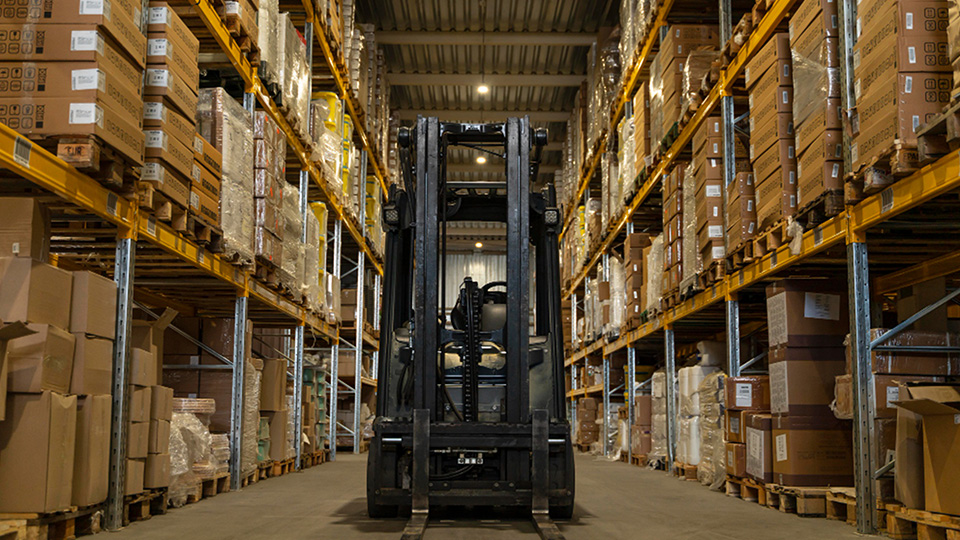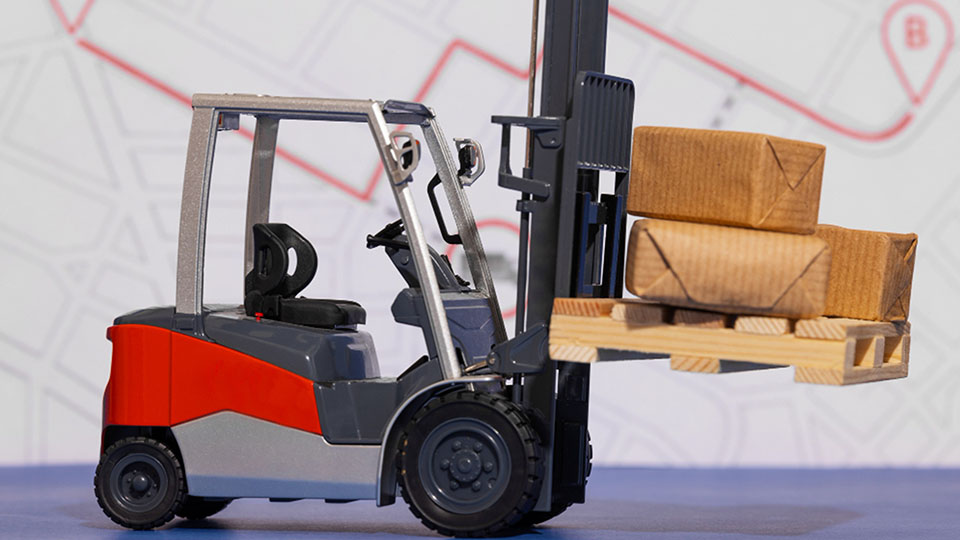From the runway to the high street, fast fashion is now an industry that is worth billions of dollars. But what does the future of fast fashion logistics look like?
The world of fashion moves quickly, and in order to keep up with the ever-changing trends, logistics need to be just as quick. In this article, we take a look at the latest trends in fast fashion logistics and related services, from how technology is changing the way goods are transported between countries to new services that are helping brands stay ahead of the curve.
In the past decade, fast fashion logistics have changed dramatically. The industry has become more competitive, and the need for speed and efficiency has never been greater. In order to stay ahead of the curve, companies have had to adapt and innovate their logistics strategies.
One of the biggest changes in fast fashion logistics has been the move towards omnichannel distribution. This is where retailers offer their customers a seamless experience across all channels, in-store, online, or mobile apps. This means that orders can be placed and fulfilled from any location at any time.
Omnichannel distribution requires a high level of coordination between different departments and warehouse locations. But it’s worth it for retailers who want to remain agile and responsive to customer demand.
Another trend that’s reshaping fast fashion logistics is the growth of e-commerce. Online shopping is now the preferred choice for many consumers, especially younger shoppers. This shift has forced retailers to rethink their fulfillment strategies, as well as their packaging and shipping options.
To meet the needs of e-commerce customers, retailers are investing in new technologies such as automated warehouses and robotics. They’re also working with delivery partners who can offer flexible delivery options, such as same-day or even one-hour delivery windows.
The future of fast fashion logistics lies in these kinds of innovative solutions that can keep pace with the ever-changing demands of consumers.
Read on to find out more!
What are the Latest Trends in Fast Fashion Logistics and Related Services?
In recent years, the logistics and related services associated with fast fashion have undergone a number of significant changes. One of the most notable trends is the increasing focus on speed and efficiency. In order to keep up with the rapidly changing demands of consumers, fashion retailers have had to adapt their logistics strategies accordingly. This has resulted in a number of new initiatives, such as same-day delivery and in-store pick-up options.
Another trend that has emerged in fast fashion logistics is the use of technology to streamline operations. Retailers are now using sophisticated software solutions to manage inventory levels, track shipments, and monitor customer orders. This has helped to improve visibility and control throughout the supply chain, making it easier for retailers to respond quickly to changes in demand.
Finally, sustainability is becoming an increasingly important consideration for both fashion brands and their logistics partners. Consumers are becoming more aware of the environmental impact of fast fashion and are demanding greater transparency from retailers about where their clothes come from and how they are made. As a result, many logistics providers are now offering sustainable solutions such as carbon-neutral shipping options.
How Do These Trends Increase Speed, Accuracy, and Efficiency in Supply Chain Management?


In recent years, there has been an increase in the number of retailers and brands implementing fast fashion logistics solutions and related services. By definition, fast fashion is a type of clothing design, production, and marketing that focuses on rapidly producing high-fashion items at low cost to meet the latest trends in the market. In order to keep up with consumer demand and remain competitive, retailers must be able to quickly receive and process orders, ship products out to stores or customers, and restock shelves with new merchandise on a regular basis.
The latest trends in fast fashion logistics include online order management systems, automated inventory management systems, real-time tracking tools, and mobile apps. These solutions help retailers manage their inventory more efficiently, fulfill orders more quickly and accurately, and keep track of their products throughout the supply chain. In addition, these tools can also provide valuable data that can be used to improve future planning and execution.
Overall, the latest trends in fast fashion logistics are helping to increase speed, accuracy, and efficiency in supply chain management for retailers around the world. By utilizing these tools and solutions, businesses are able to better meet customer demands while also reducing costs and improving overall efficiency.
Which Tools Can Be Used to Boost Supply Chain Processes?
In order to boost supply chain processes, various tools can be used. Some of these include:
1. Automation: Automating various processes can help to speed up the overall supply chain. This can be done through the use of software and other technologies.
2. Lean practices: Implementing lean practices can help to eliminate waste and improve efficiency throughout the supply chain.
3. Vendor management: Properly managing vendors can help to ensure that they are meeting deadlines and providing quality products or services.
4. Capacity planning: Having a good understanding of future demand can help businesses properly plan for capacity needs. This includes things like warehouse space and transportation resources.
5. Inventory management: Tracking inventory levels and knowing what is in stock can help avoid stock-outs and other issues.
By using these tools, businesses can boost the efficiency of their supply chains and keep up with the latest trends in fast fashion logistics.
Is There A Demand for This Service?


There is no doubt that the fast fashion industry has exploded in recent years, with more and more consumers looking for affordable, on-trend clothing. This has led to a demand for faster and more efficient logistics services in order to get the clothes from the designers and manufacturers to the shelves as quickly as possible.
There are a number of companies that are now offering fast fashion logistics services, and they are reporting strong growth. In particular, there is a demand for services that can help to speed up the delivery of goods from suppliers to retailers. This includes things like express shipping, direct-to-consumer fulfillment, and even same-day delivery in some cases.
As the fast fashion industry continues to grow, it is likely that the demand for these types of logistics services will continue to increase. So if you are thinking about starting a business in this space, now is definitely the time to do it!
The Future of Fast Fashion Logistics and Related Services
The future of fast fashion logistics and related services is looking very promising. With the continued growth of the online retail market and the increasing popularity of fast fashion, there is a great demand for efficient and reliable logistics and related services.
There are many new and innovative technologies being developed that can help to improve the efficiency of fast fashion logistics and related services. For example, blockchain technology is being explored as a way to track inventory and shipments, as well as to provide transparency to the supply chain. In addition, unique tags are becoming more prevalent in the industry, which can help with inventory management and theft prevention.
As the demand for fast fashion grows, so does the need for better logistics and related services. The future looks bright for those in the industry who are able to provide these essential services.
Conclusion
Fast fashion logistics and related services have become a major part of the industry, allowing businesses to keep up with changing trends and customer demands. By utilizing the latest technologies, such as automation, AI, big data analytics, and predictive analytics, fast fashion companies can create efficient supply chains that are more responsive to unpredictable market changes. The fast-paced environment of today’s global fashion markets demands innovative solutions in order for companies to remain competitive. To stay ahead of the competition in this dynamic arena, companies need to be constantly monitoring new developments so they can take advantage of the most recent advances in technology when it comes to logistics and related services.



